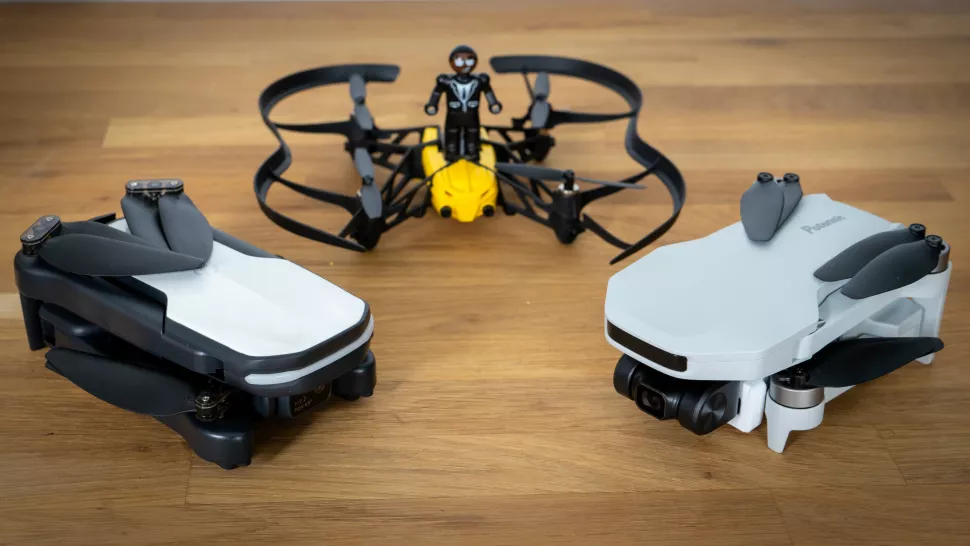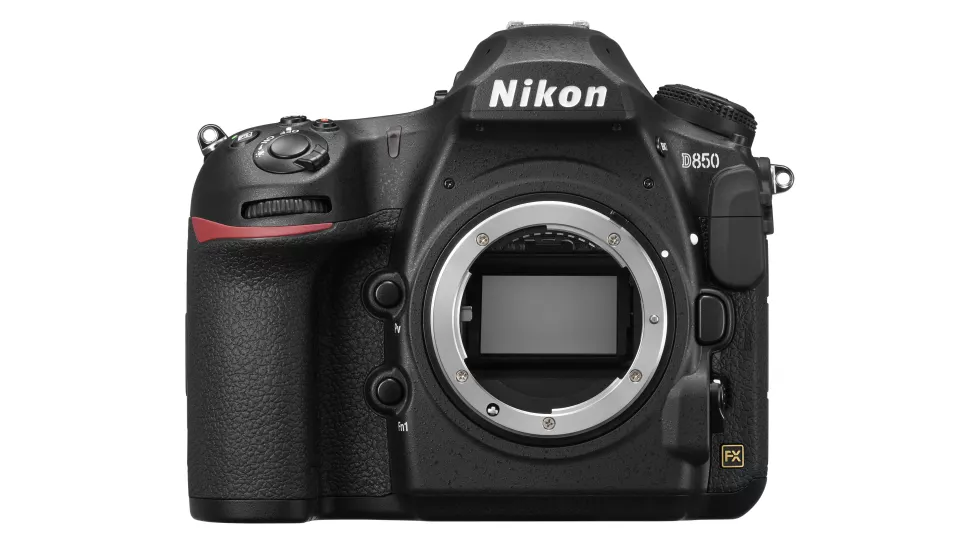Drone tech has progressed by leaps and bounds in the decade and a half. It’s been part of our lives, and a decent camera drone is now, if not an essential, certainly an expected addition to a good photographer’s kit bag. How do you know you’re any good at operating them – are you really prepared should things go a bit wrong?
Camera drones are now so easy to fly that many never really think about the tech and the physics involved – and that’s a shame for two reasons. Firstly, the more you know, the better the results you’ll be able to get. Secondly, without wanting to sound like an Eighties safety video, the less you know, the more risk you put the drone, yourself, and others nearby in. It’s the worst kind of selfishness to take these risks because, at some point, things will go wrong, and then all drone users will inevitably face harsh reactions and perhaps more restrictive laws.
Okay, angry rant about selfishness over. Another massive advantage of a less sophisticated drone is that it’ll cost you much less, so you can become a better pilot before digging too deep into your pocket.
GPS is the best example of tech that takes a lot of thought away from the pilot. Early drones didn’t come with GPS; it was, at best, an option. If you wanted it, you’d make sure you chose a flight controller (brain) that could be connected to a GPS unit, and – perhaps later, depending on your cash flow – you’d plug in a GPS receiver.
Building drones taught me a lot about how they worked, but you don’t need to do all that to experience life without GPS – you can get a drone without it.
Fly free (well, cheaply) – fly without GPS
The Potensic A20 is just an indoor toy, but it’s also a quadcopter. It flies according to the same basic principles, with the difference being that it lacks the knowledge (from GPS) for its flight controller to do anything other than try to keep the drone level. In other words, you can get the knack of the controls without having to leave the house, and you’ll already know more about dealing with drift than someone who has only ever flown a GPS drone.
I urge you to keep it off the weird ‘headless’ mode and learn the standard ‘Mode 2’ controls (this refers to how the two thumbsticks affect the flight).
Given the price, this is a device you can afford to lose or pass on to your kids when you’re done – the real burner here. The others would be a shame to dispose of casually but are worth attention.
Camera stabilization gimbals – not a cheap component – are great for video because they produce beautifully stable shots and, typically, level out the horizon. That’s not how a quadcopter’s flight works; the drone makes subtle adjustments to the speed of the motors to tilt the aircraft.
This means that some of the force from the propellors is not vertical, pushing the aircraft in the chosen direction. In a level hover, all the motors spin at the same speed – but subtle and brief speed adjustments also affect the aircraft’s rotation.
If you’ve only ever flown with a drone that hides all this from you using a gimbal, it’s tough to appreciate how wind behaves and how to lean into it. That, in turn, makes it too easy to fly too far with the wind when you don’t have the power to return.
High-end burner drone: The Potensic Atom SE
A hybrid, the Potensic Atom SE has GPS and many higher-end automation features like waypoints and orbit modes and is built like the market leader. It can also remotely tilt its camera up and down but – crucially – doesn’t have a mechanical leveling stabilizer, so (despite good electronic stabilization) you’ll still see the drone’s turns reflected on the horizon.
That might mean you need to reposition, depending on the wind, to get a shot with a level horizon, but it’ll also give you the experience of how the drone responds to the air around it with your manoeuvers and the wind as a whole. If you remember that the GPS is part of the equation – that the drone is trying not to drift away – this is a great drone to develop a feel for the mechanics of modern craft (and, in general, a pretty impressive bit of kit).
The logical extension of living without a gimbal is to fix the camera to the fuselage and, by donning special goggles, “sit inside” the drone itself. That is the magic of FPV drones (first-person view). The cheapest, rawest form also has another benefit; the traditional analog video helps you learn about the reality of radio control distances rather than the optimistic control ranges – which assume perfect conditions and no obstacles. With analog tape, you can develop a feel for it through the static; hard to define but true.
FPV is also an exciting subgenre in its own right, a style of video that is in demand, and you can learn starting slowly and getting faster, making ever more exciting manoeuvers.
The BetaFPV Cetus Pro bundle comes with all you need to get started, but the drone world has many more choices for those with the time to assemble their parts. You’ll feel prouder than if you buy a DJI Avatar, but it might take a little longer!


